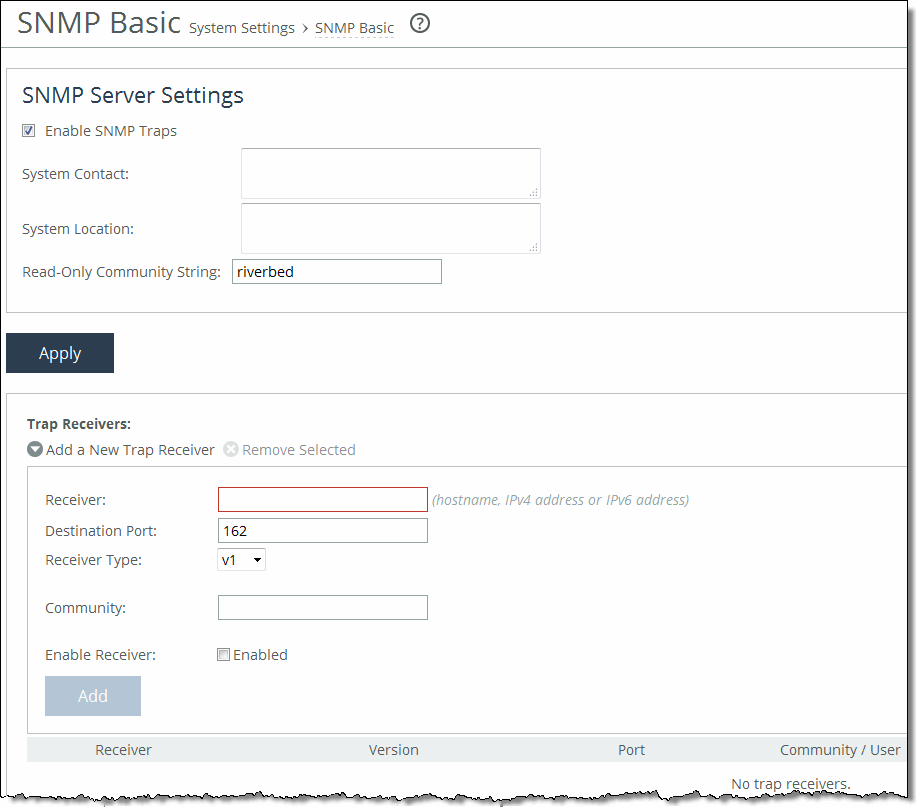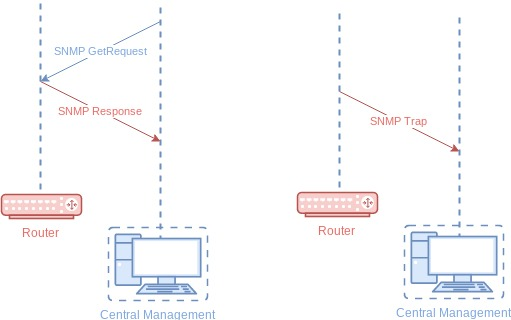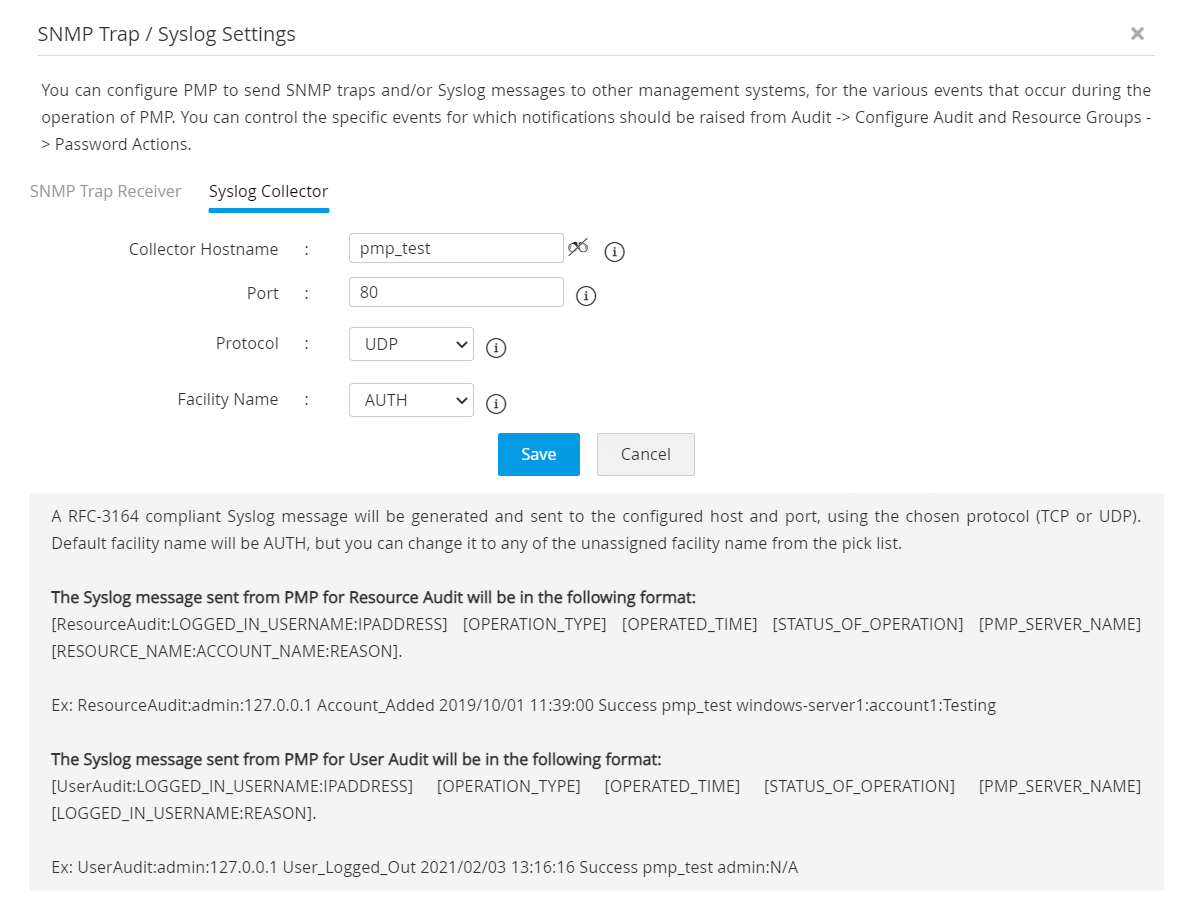

GetRequest A manager-to-agent request to retrieve the value of a variable or list of variables. The seven SNMP PDU types as identified by the PDU-type field are as follows: All SNMP PDUs are constructed as follows: Two other PDUs, GetBulkRequest and InformRequest were added in SNMPv2 and the Report PDU was added in SNMPv3. SNMPv1 specifies five core protocol data units (PDUs). When used with Transport Layer Security or Datagram Transport Layer Security, requests are received on port 10161 and notifications are sent to port 10162. The agent may generate notifications from any available port. The manager receives notifications ( Traps and InformRequests) on port 162. The agent response is sent back to the source port on the manager. The manager may send requests from any available source port to port 161 in the agent. The SNMP agent receives requests on UDP port 161. All SNMP messages are transported via User Datagram Protocol (UDP). SNMP operates in the application layer of the Internet protocol suite. MIBs use the notation defined by Structure of Management Information Version 2.0 (SMIv2, RFC 2578), a subset of ASN.1.

Each OID identifies a variable that can be read or set via SNMP. MIBs describe the structure of the management data of a device subsystem they use a hierarchical namespace containing object identifiers (OID). These hierarchies are described as a management information base (MIB). Rather, SNMP uses an extensible design that allows applications to define their own hierarchies. SNMP itself does not define which variables a managed system should offer. The variables accessible via SNMP are organized in hierarchies. The protocol also permits active management tasks, such as configuration changes, through remote modification of these variables. SNMP agents expose management data on the managed systems as variables. Main article: Management information base One or more NMSs may exist on any managed network.

NMSs provide the bulk of the processing and memory resources required for network management. An agent has local knowledge of management information and translates that information to or from an SNMP-specific form.Ī network management station executes applications that monitor and control managed devices.
#SNMP TRAP RECEIVER STANDARD PORT SOFTWARE#
Sometimes called network elements, the managed devices can be any type of device, including, but not limited to, routers, access servers, switches, cable modems, bridges, hubs, IP telephones, IP video cameras, computer hosts, and printers.Īn agent is a network-management software module that resides on a managed device. Managed devices exchange node-specific information with the NMSs.


 0 kommentar(er)
0 kommentar(er)
